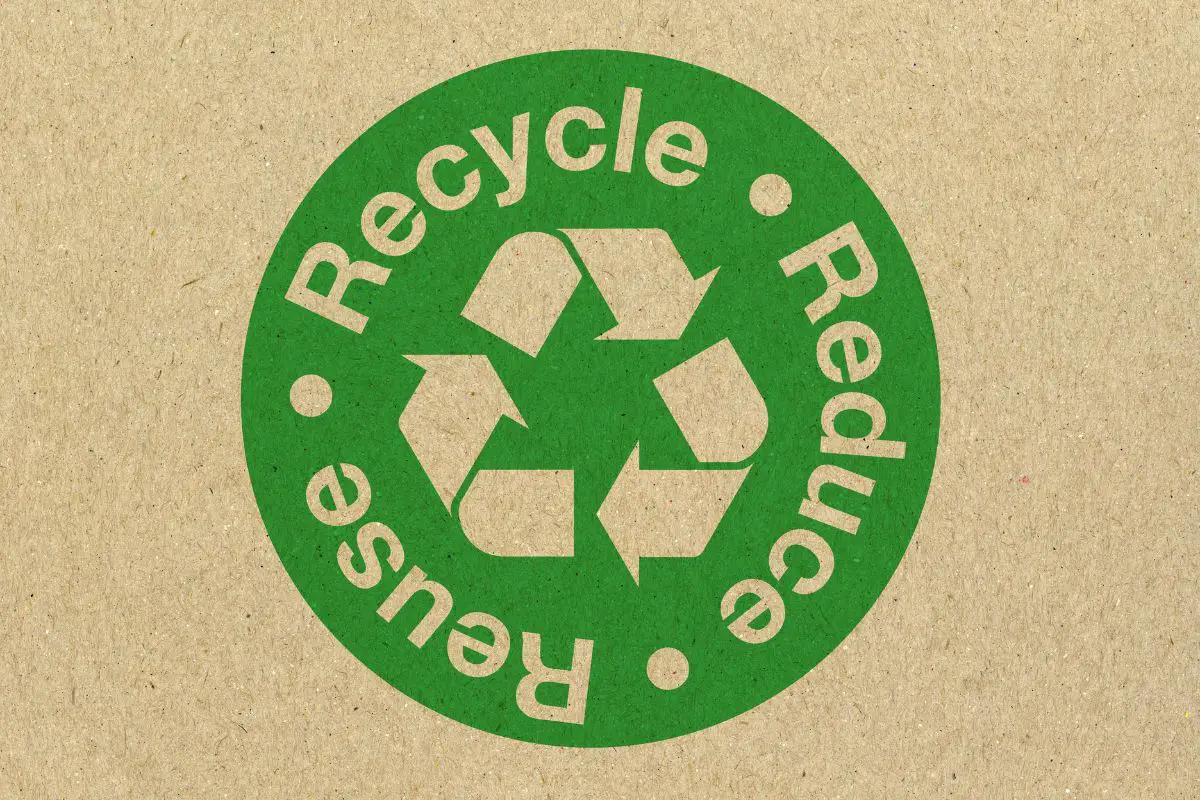As a regular coffee drinker, you are likely throwing away numerous coffee bags. If you do not dispose of coffee packing properly, you are likely contributing to the degradation of the environment. Fortunately, you can learn how to recycle coffee bags by repurposing or reusing them without causing any damage to the planet. In this guide, we will share some tips on recycling coffee bags properly.

Understanding Materials that Make Coffee Bags
Although many specialty coffee roasters are turning their attention to sustainable practices, it is still challenging to find packaging that protects coffee with a limited impact on the planet. One of the options available is using recyclable coffee bags. Some are designed for disposal at home while others should be dropped off at specialized recycling facilities. With many options available, it becomes challenging to know how to recycle each packaging material.
To recycle coffee bags properly, start with understanding the material you are dealing with. Many coffee bags are made of a mixture of different materials, making it challenging to recycle them at home. Essentially, coffee packaging is designed to preserve the aroma and flavor of coffee beans. Thus, it becomes challenging to design coffee bags that are eco-friendly while still being effective in storing coffee beans.
Many coffee bags are made of paper or cardboard combined with polythene plastic or aluminum foil. The combination of these materials increases the durability of the packaging and maintains the freshness of the beans inside for a longer period. Also, these materials are compact and flexible, making it easy to store them. Unfortunately, plastic and foil are not easy to separate from paper, making it hard to recycle such coffee bags.
Sometimes, coffee is sold in metal storage tins. Metal tins are made of a single material, which makes it easier to recycle them. However, they are a less common choice for coffee storage. Their weight and size make them costly for roasters to use. Also, single-serve coffee pods are made of plastic or aluminum, or a mixture of the two, which makes them challenging to recycle.
How to Recycle Coffee Bags the Right Way
Here is how different coffee bags should be recycled depending on the material used to make them:
1. Composite Coffee Bags
Coffee bags made of composite materials such as paper lined with plastic or foil are not recycled through most local council recycling programs. Thus, they are thrown away. Also, you cannot recycle such coffee bags at home in your compost as they are non-biodegradable. It is not easy to separate the two materials, unless in special recycling facilities that are still rare to find.
2. PLA Packaging
Polylactic acid (PLA) coffee bags are made from materials such as sugarcane, corn starch, and maize. The material is produced through a special fermentation process. The resultant product is a plastic-like material made from natural and biodegradable materials. PLA packaging is strong and durable. It is becoming a popular choice due to its eco-friendly properties while still keeping coffee beans protected.
The good thing about PLA is that it decomposes within 90 days when recycled in the right conditions. Thus, it is safer for the environment than coffee bags made of petroleum-based plastic. Also, PLA can be composted at home but may take longer to break down than in a specialized recycling center.
3. Kraft Paper
Coffee bags made of untreated kraft paper are biodegradable and compostable. You can put the packaging in your compost bin. Also, they can be recycled together with other paper products in local recycling centers. Just clean off any residual coffee from the packaging before putting them in a recycling bin to avoid contamination.
4. LDPE Coffee Bags
Low-density polyethylene (LDPE) is a sustainable, durable, and flexible solution for storing coffee beans. Only one layer of LDPE is needed to keep the coffee beans protected, unlike other materials that have to be used in several layers.
LDPE is simpler for consumers to dispose of. It is easier to recycle and less prone to contamination than other coffee packaging materials. Also, many recycling facilities take LDPE products for recycling.
Final Thoughts
Knowing how to recycle coffee bags helps in reducing waste matter and saving the plant from further degradation. All you need to do is to know the type of material making up your coffee bag and how it is recycled properly. You can recycle some coffee bag materials at home while others need to be sent to specialized recycling facilities.